An Exploration of Art and the Human Condition
The fusion of art with the human psyche offers a compelling tableau, notably in the portrayal of sleep paralysis and its mythical 'demons.' This piece dives into the riveting world of art, exploring how personal and cultural narratives shape our visual interpretations of this enthralling yet unsettling phenomenon.
What is Sleep Paralysis?
Sleep paralysis occurs during the transitional phases of wakefulness to sleep or vice versa. Individuals find themselves conscious but unable to move or speak. Common symptoms include a pressing sensation on the chest and vivid hallucinations of eerie figures or 'intruders.' While the scientific community points to disruptions in the REM cycle and neurological functions, psychology offers an insight into these manifestations—often considered the 'demons' of the mind, springing from our deepest fears and anxieties.
Visualizing the Experience: An Artistic Overview
In an attempt to comprehend and communicate this enigmatic condition, many have turned to the canvas. The artworks stemming from these episodes are not merely depictions but emotional imprints; they encapsulate the depth of sleep paralysis with strokes that resonate with raw intensity. Each piece is a window into a realm suspended between reality and nightmare, inviting viewers to understand a phenomenon that words often fail to capture fully.
Common Themes in Sleep Paralysis Drawings
Analyzing these artworks reveals a recurring palette of motifs. Shadowy figures looming in the periphery, oppressive weight on the chest, and faces contorting into grotesque expressions are common elements that artists draw from their own nocturnal encounters. These themes not only reflect the personal horror but also resonate universally with others who have shared similar eerie experiences.
Cultural Variations in Depictions
From one culture to another, the depiction of sleep paralysis 'demons' varies significantly, reflecting a rich tapestry of mythological and folkloric influences. While some cultures envisage these entities as malevolent spirits, others perceive them as warnings or omens. Despite the diverse interpretations, the core relationship between these figures and the unseen terrors of the night binds these artworks across cultural boundaries.
Real-life Experiences with Sleep Paralysis Demons
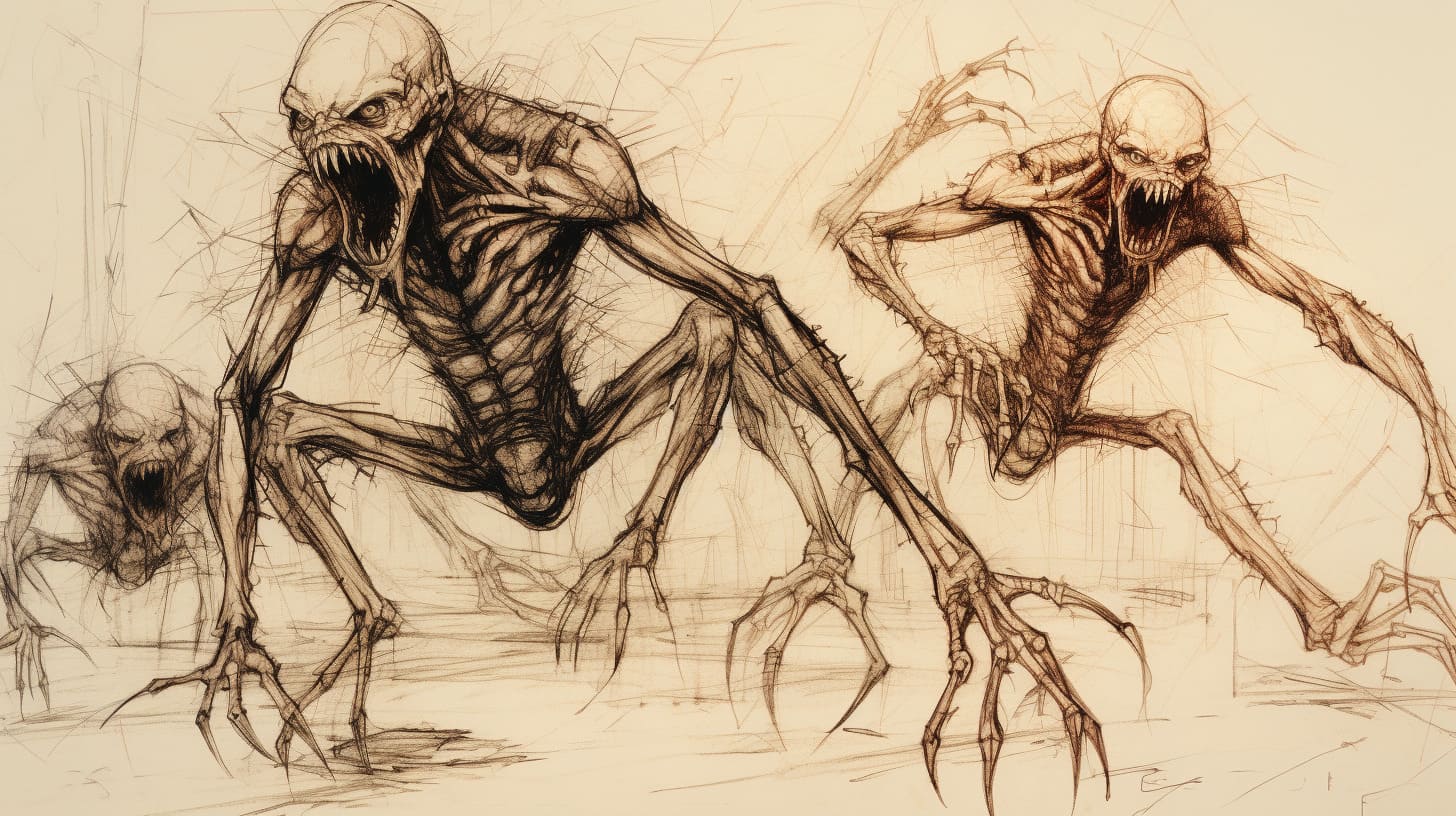
Through interviews and personal stories, it becomes evident how artists use their craft to wrestle with their demons—literally and metaphorically. For many, these drawings are more than art; they are narratives of personal catharsis and a profound method to confront and communicate their ordeal. The featured image showcases an artist's interpretation, deeply informed by their emotional response to sleep paralysis.
The Therapeutic Value of Drawing Sleep Paralysis Demons
For those haunted by these vivid nocturnal visitations, drawing can act as a significant therapeutic outlet. Psychologists suggest that articulating these fears visually can help demystify and manage the anxiety associated with sleep paralysis. Through sketches and paintings, sufferers can confront their fears in a controlled and creative way, potentially lessening their impact.
This exploration into the artistic renditions of sleep paralysis demons not only highlights the condition's capacity to inspire creativity but also underscores the power of art as a tool for coping and understanding. As we delve deeper into the sketches and stories, we celebrate not only the artistic talent but also the resilience of the human spirit in facing the shadows of the night.
The Symbolism Behind Sleep Paralysis Demons
Symbolism runs deep in the heart of artistic endeavors, especially when delving into the enigmatic visuals of sleep paralysis demons. These figures often transcend mere representation; they become vessels carrying profound meanings, often symbolizing inner conflicts, unexpressed fears, or unresolved turmoil. Archetypal and mythological analysis allows us to unravel these multifaceted symbols. For instance, the recurrent appearance of shadowy figures can be interpreted as the embodiment of one's shadow self in Jungian psychology, a representation of the traits and impulses one refuses to acknowledge.
How to Draw Your Sleep Paralysis Demon
For many, the act of illustrating personal fears and nightmares through the depiction of sleep paralysis demons can be both cathartic and enlightening. Start by reflecting on the most striking elements of your episodes— be it the intense emotion or peculiar sensations. Utilizing shades and lines that mimic the chaos and fear can help convey the surrealistic quality of these experiences. Here are some tips:
- Embrace Emotional Honesty: Let your feelings guide your art, ensuring authenticity in every stroke.
- Choose Symbolic Colors: Dark, intense colors can enhance the ominous feel, while unexpected splashes of color might symbolize personal insights or revelations.
- Focus on Details: Whether it’s the eerie glow in the eyes of the demon or the peculiar textures of its skin, details can significantly amplify the emotional impact of your drawing.
Tips from Professional Artists
Let's glean some wisdom from artists who've successfully captured the essence of sleep paralysis in their work. Their insights highlight that approaching such a sensitive theme requires not just skill, but also a deep understanding of its psychological impact.
- Incorporate Elemental Textures: Textural diversity can add depth and intensity, suggesting the layers of meaning behind what may seem like straightforward fear.
- Mindful Composition: Place your 'demon' strategically within the artwork to evoke the desired response— be it dread, intrigue, or empathy.
- Respect the Subject Matter: Given the intensely personal and often distressing nature of these experiences, it’s crucial to handle the subject sensitively, ensuring the depiction respects the pain and complexity it represents.
Sleep Paralysis Demon Art Gallery
Explore a diverse array of artistic representations that delve into the chilling world of sleep paralysis demons. Below are selected works that offer a glimpse into the artists' diverse interpretations and techniques.
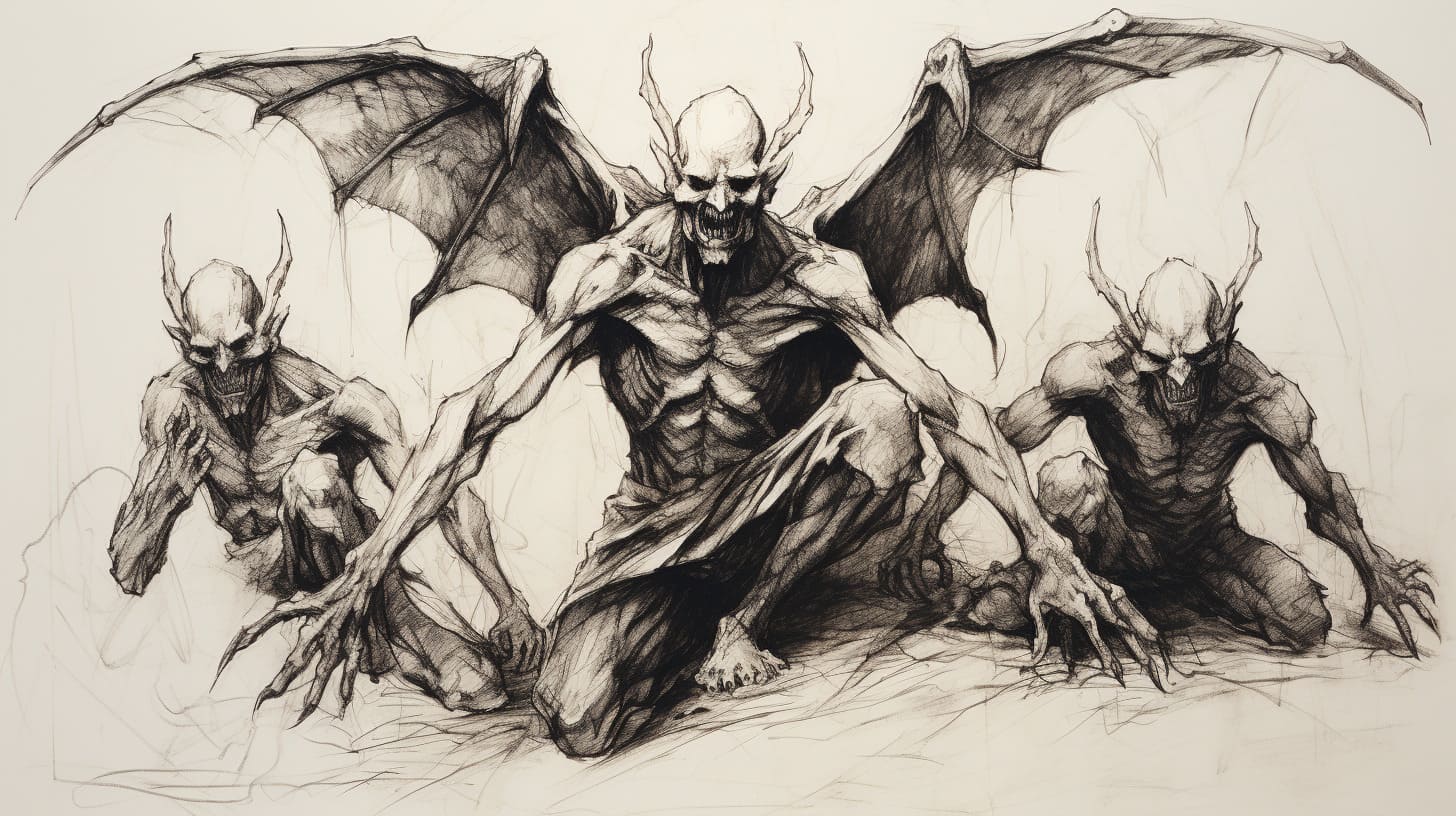
"Ethereal Torment" by Sofia Ramirez
Muted tones and blurred outlines capture the ephemeral yet terrifying essence of Ramirez's sleep paralysis experiences, reflecting the fleeting yet profound torment.
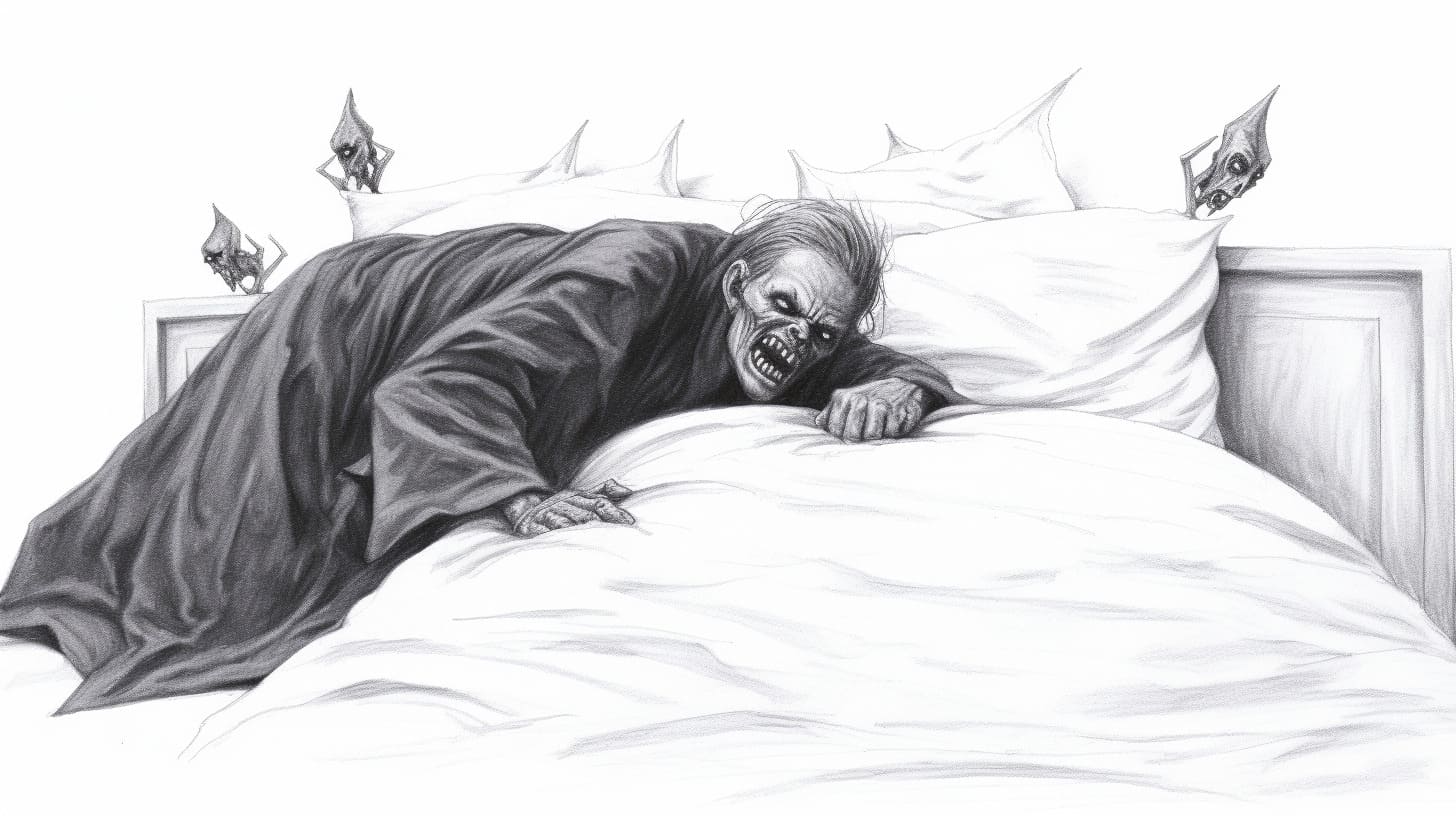
"The Watcher in the Shadows" by Michael Chen
Chen's precise use of shadow and light dramatizes the omnipresence of his 'demon', showcasing a common theme of being watched or scrutinized during paralysis episodes.
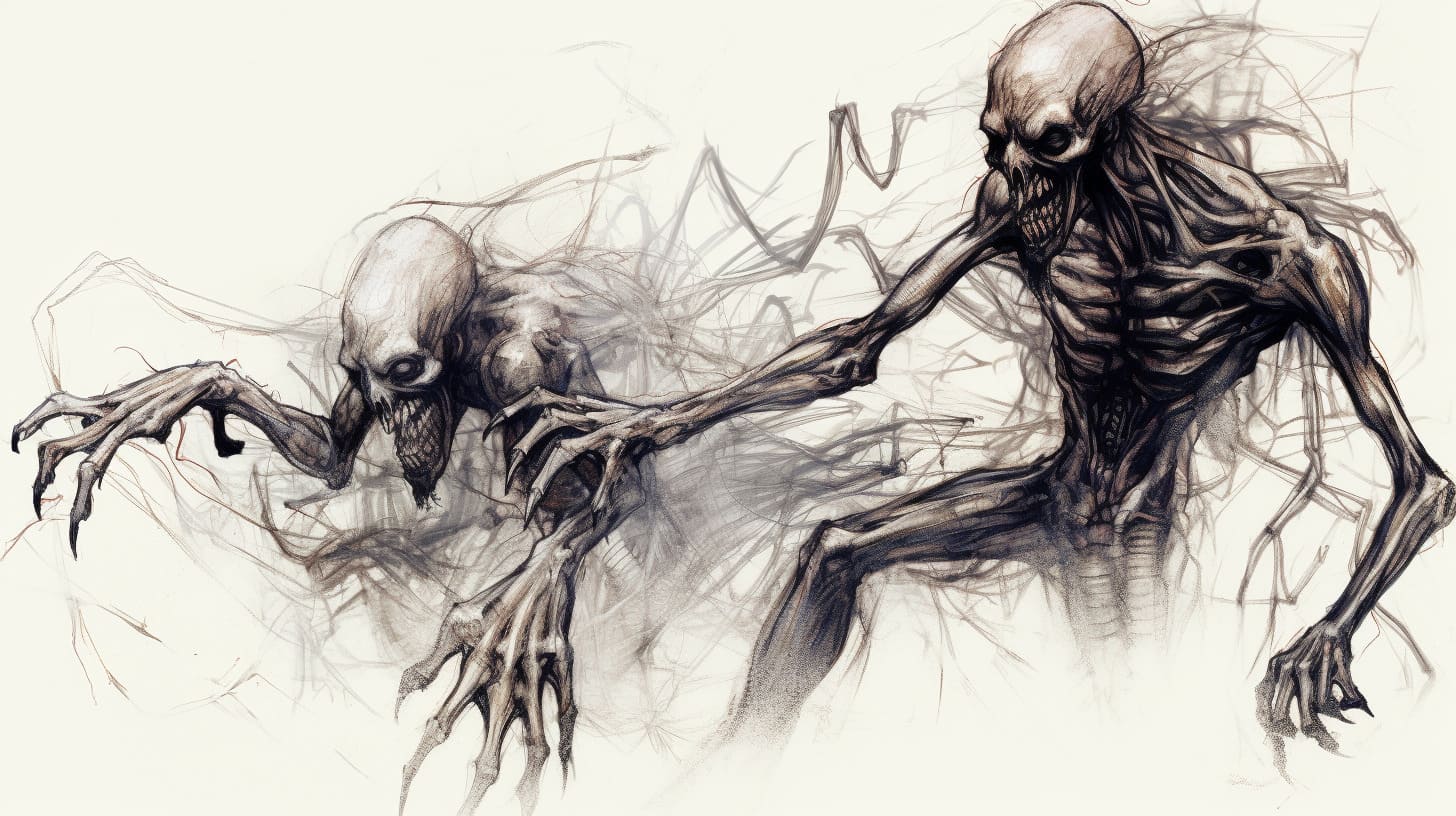
"Whispers of the Mind" by Anita Jansen
Jansen employs swirling patterns and whispers of silvery hues to depict her auditory hallucinations, adding a surreal quality that captures the disorienting nature of her sleep paralysis.
Conclusion: Learning and Coping through Art
Art serves as a powerful avenue not just for expression but also for understanding and coping with the complexities of sleep paralysis. By exploring and sharing these haunting artworks, individuals can find solace in knowing they are not alone in their experiences. Moreover, the collective exploration of such themes can foster a greater empathy and community among those affected, illustrating the profound impact art has in bridging personal experiences with universal human emotions.
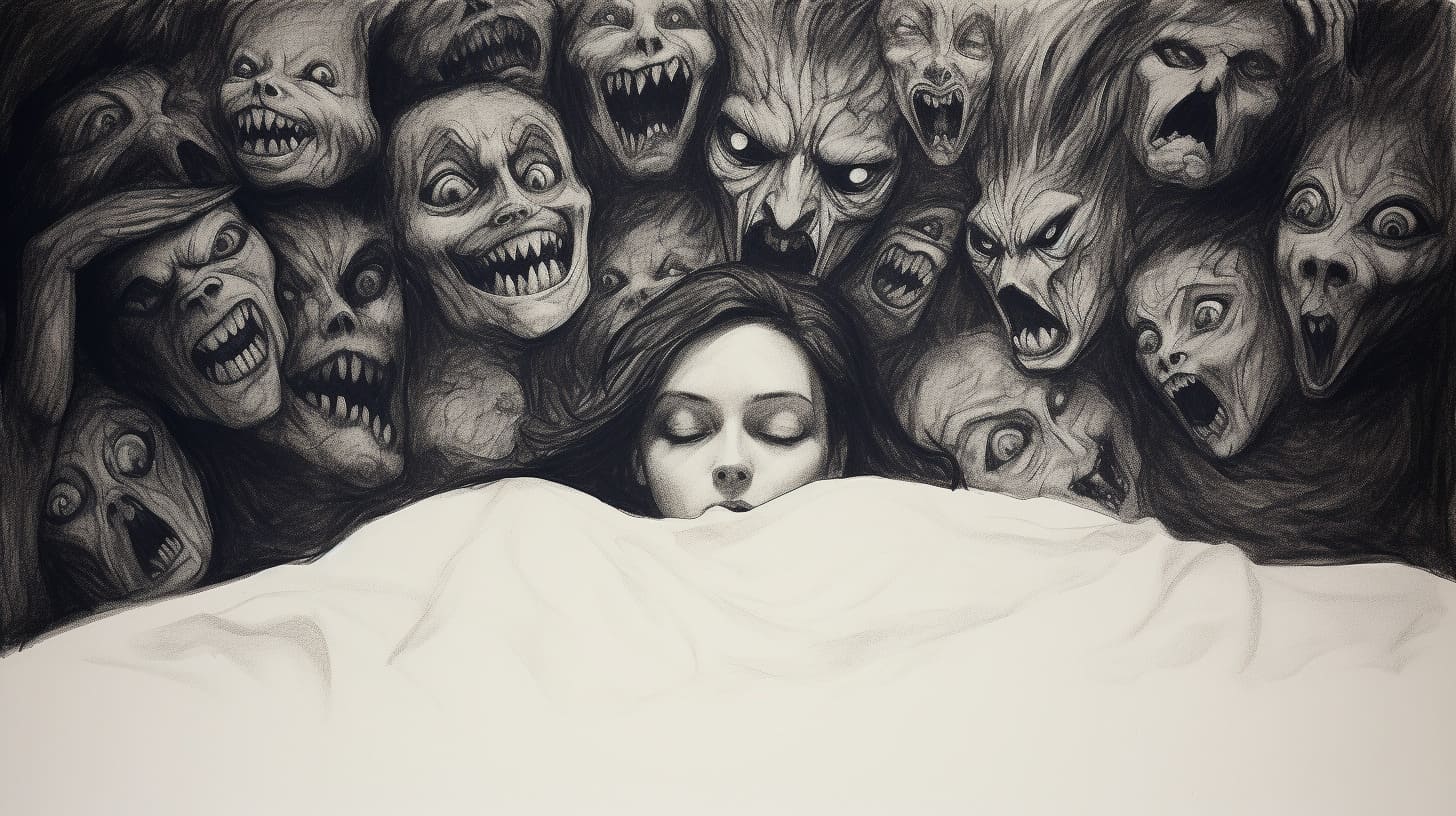
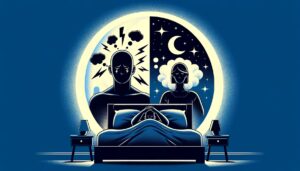
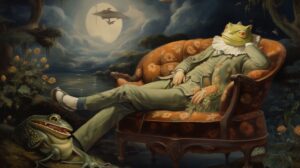
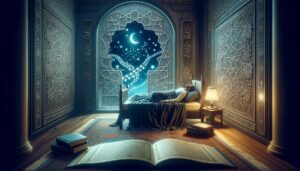
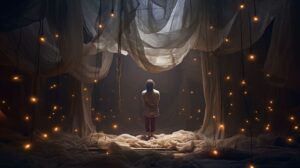
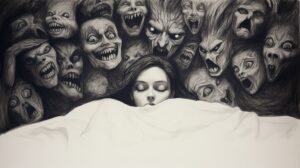

0 Comments